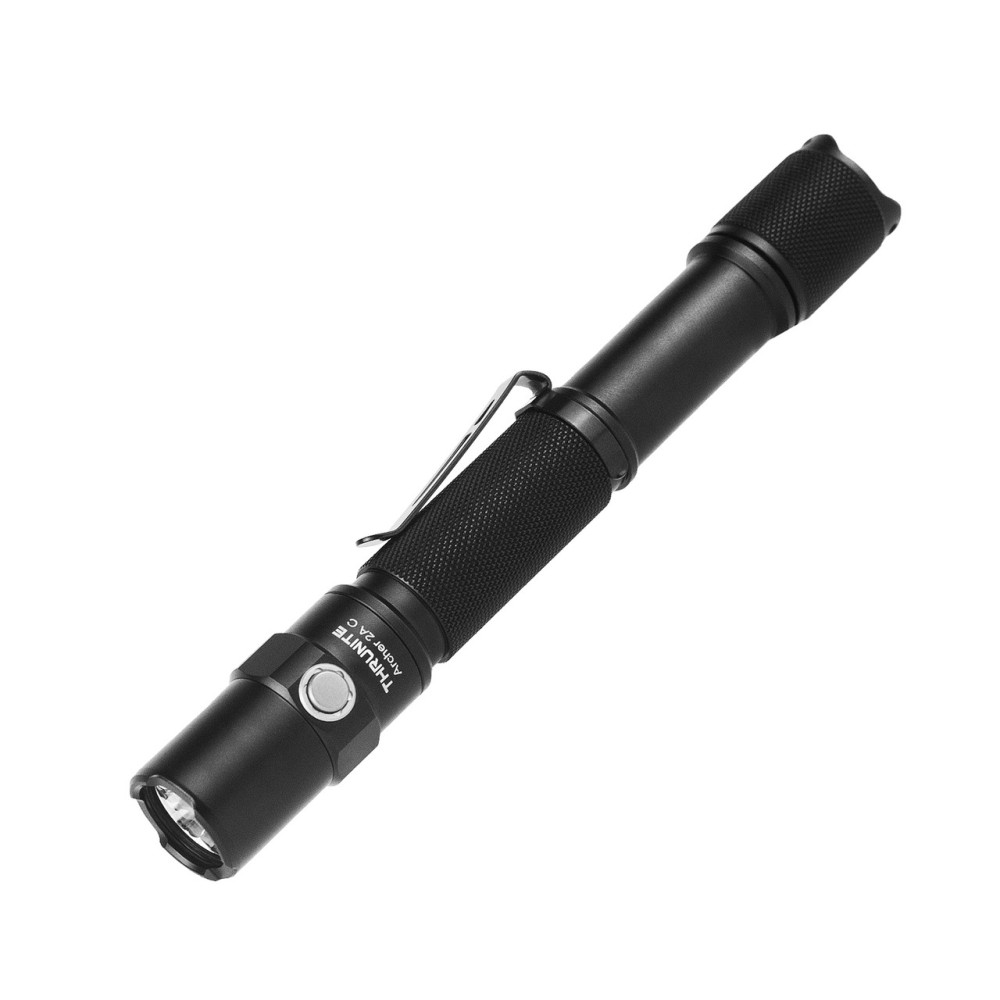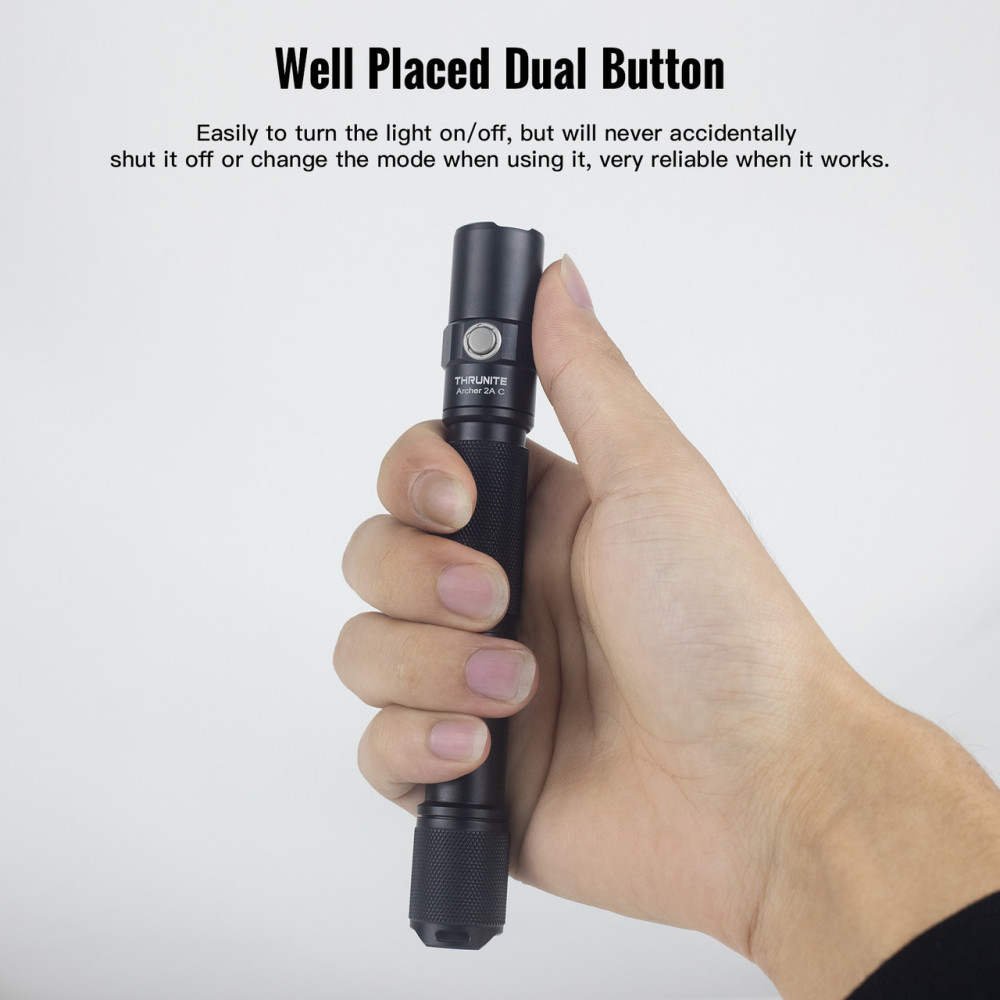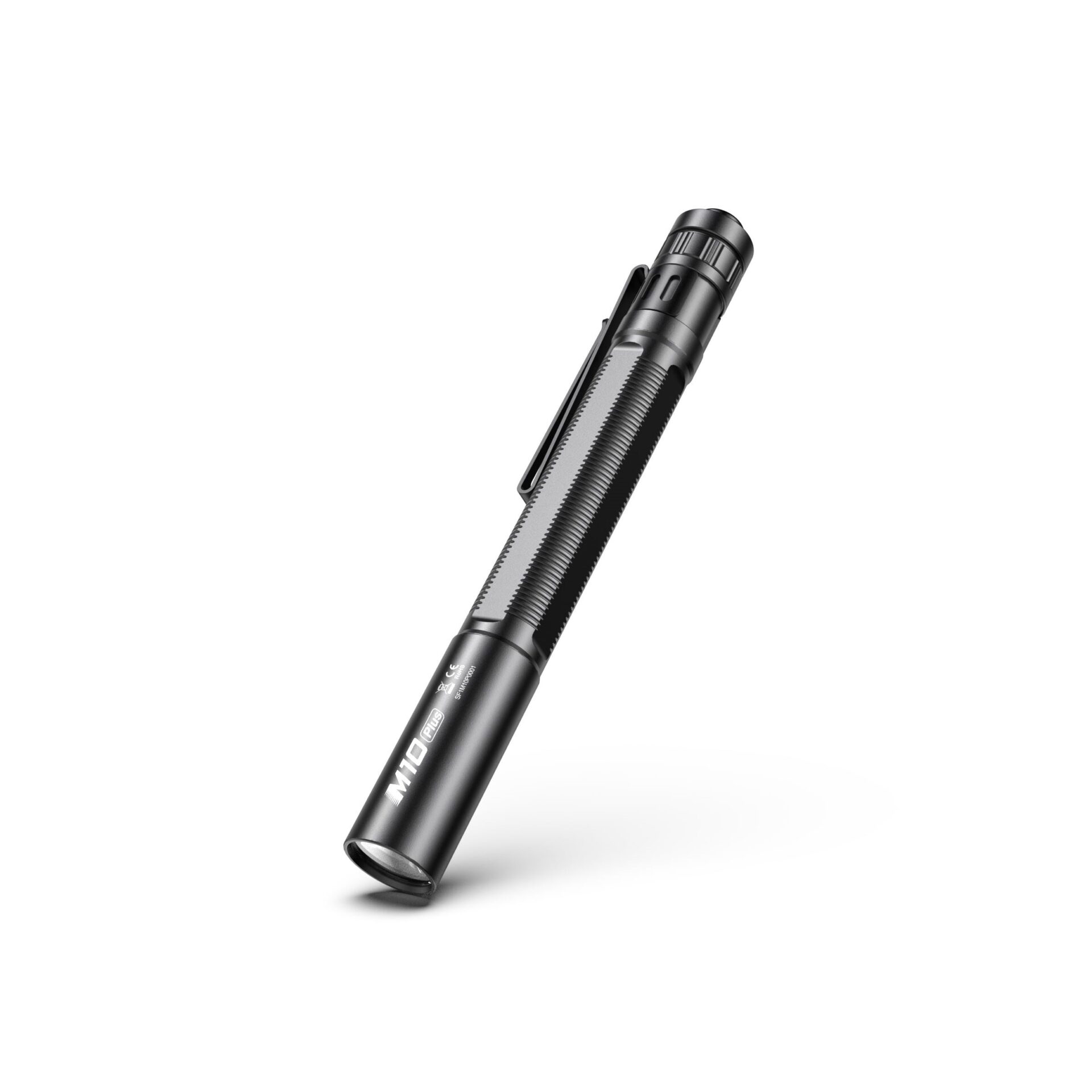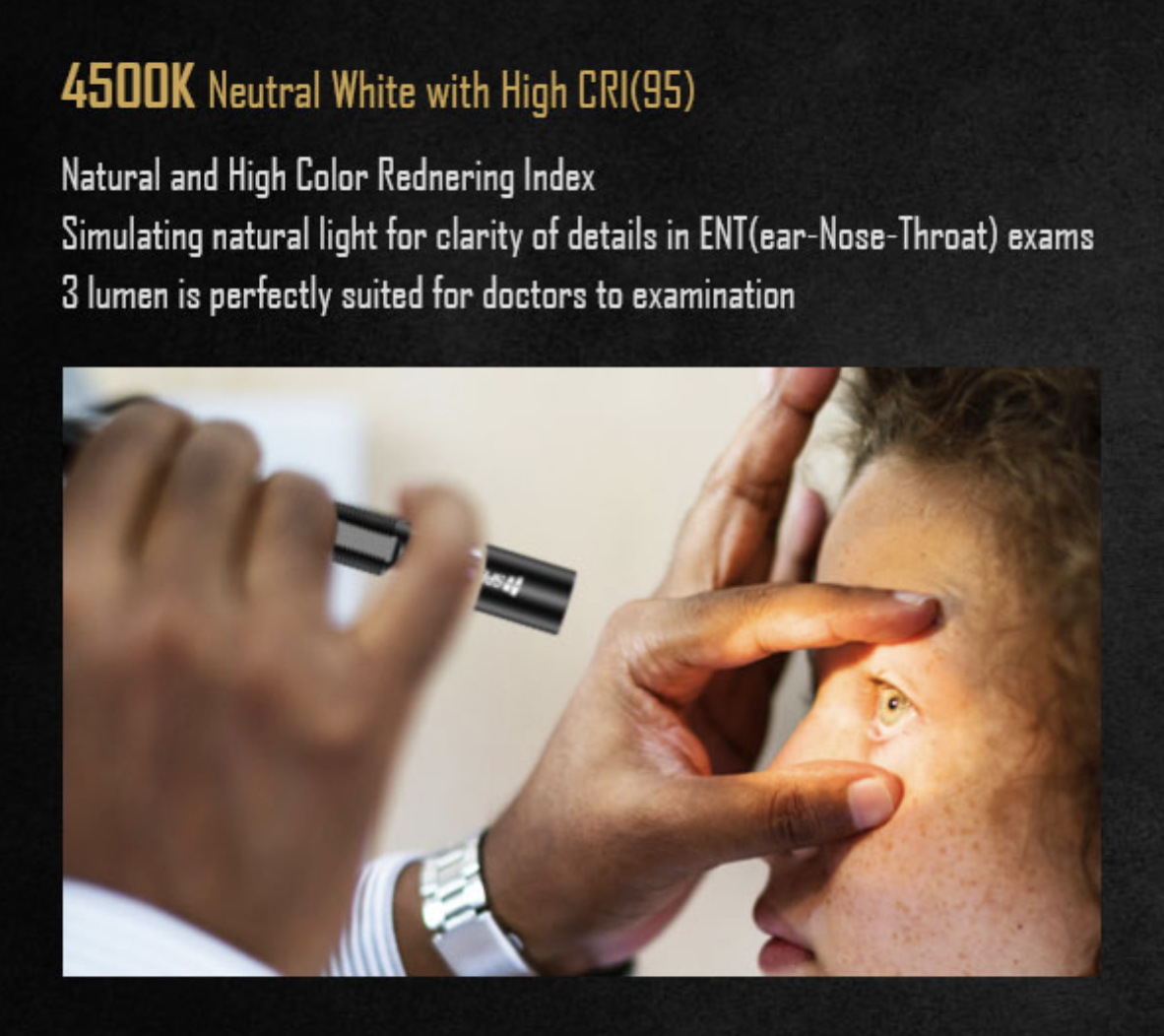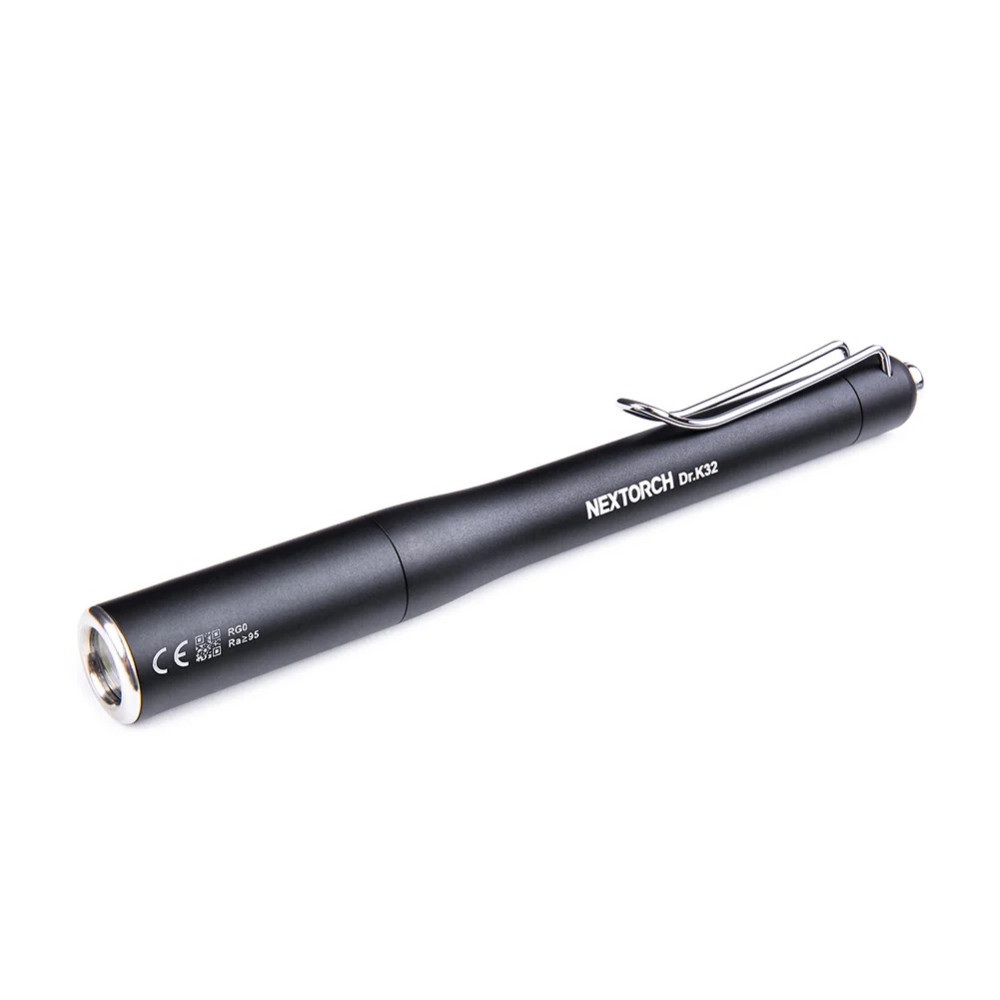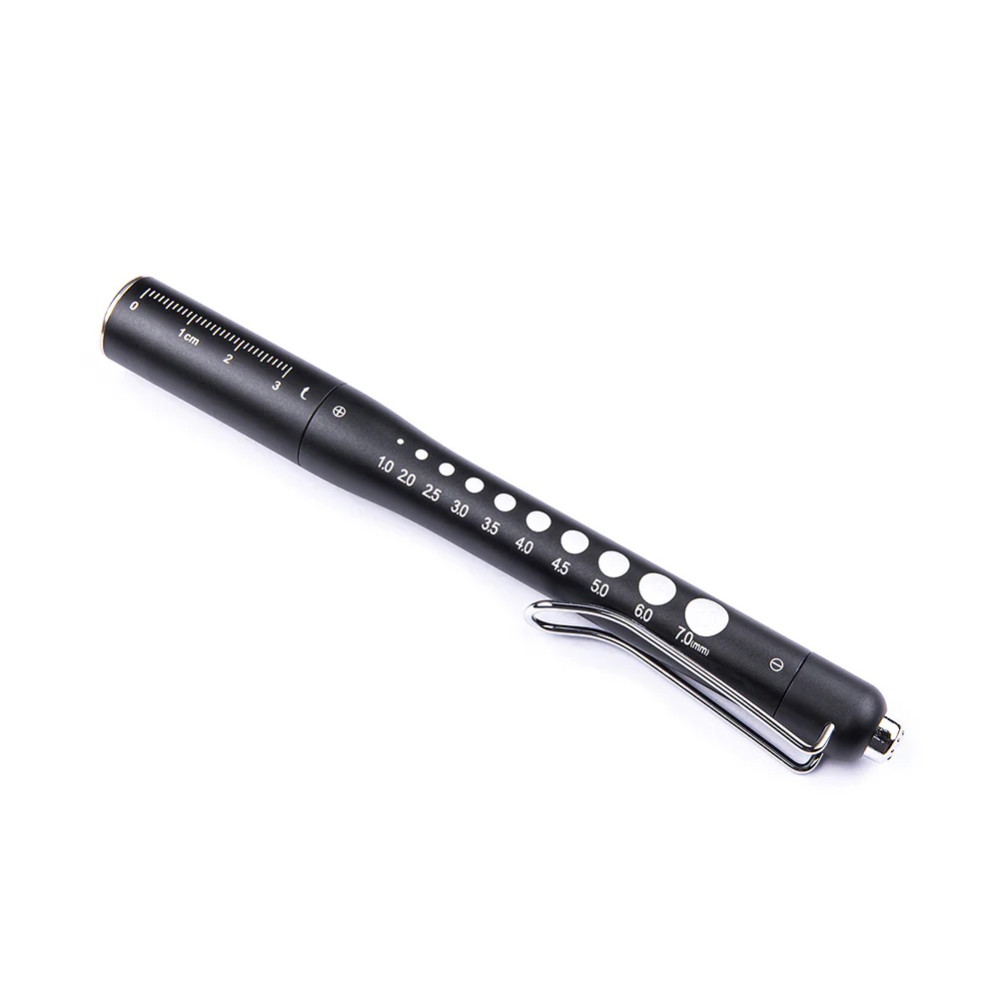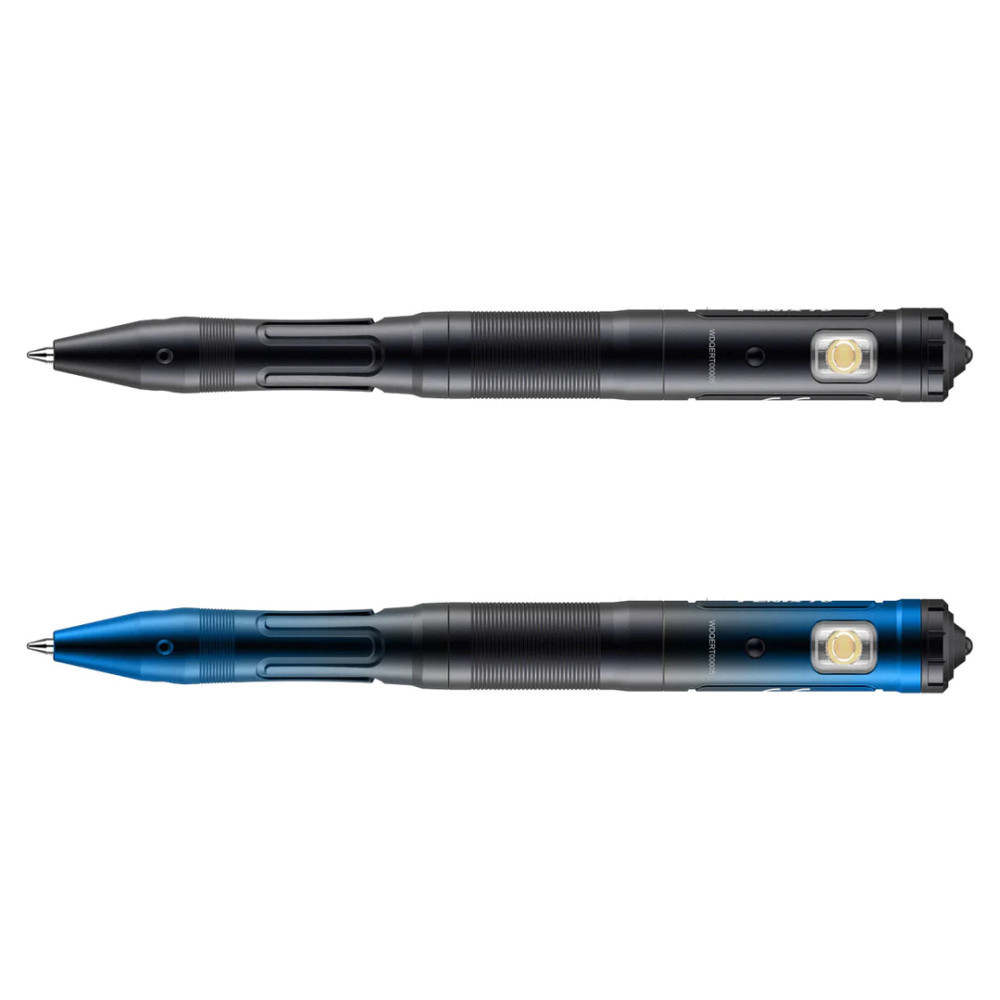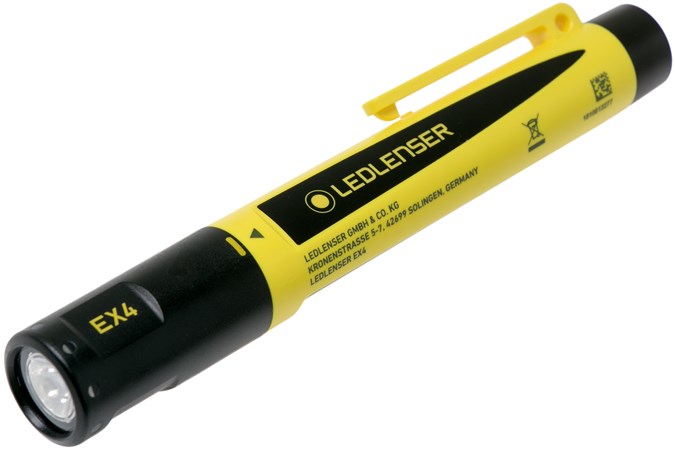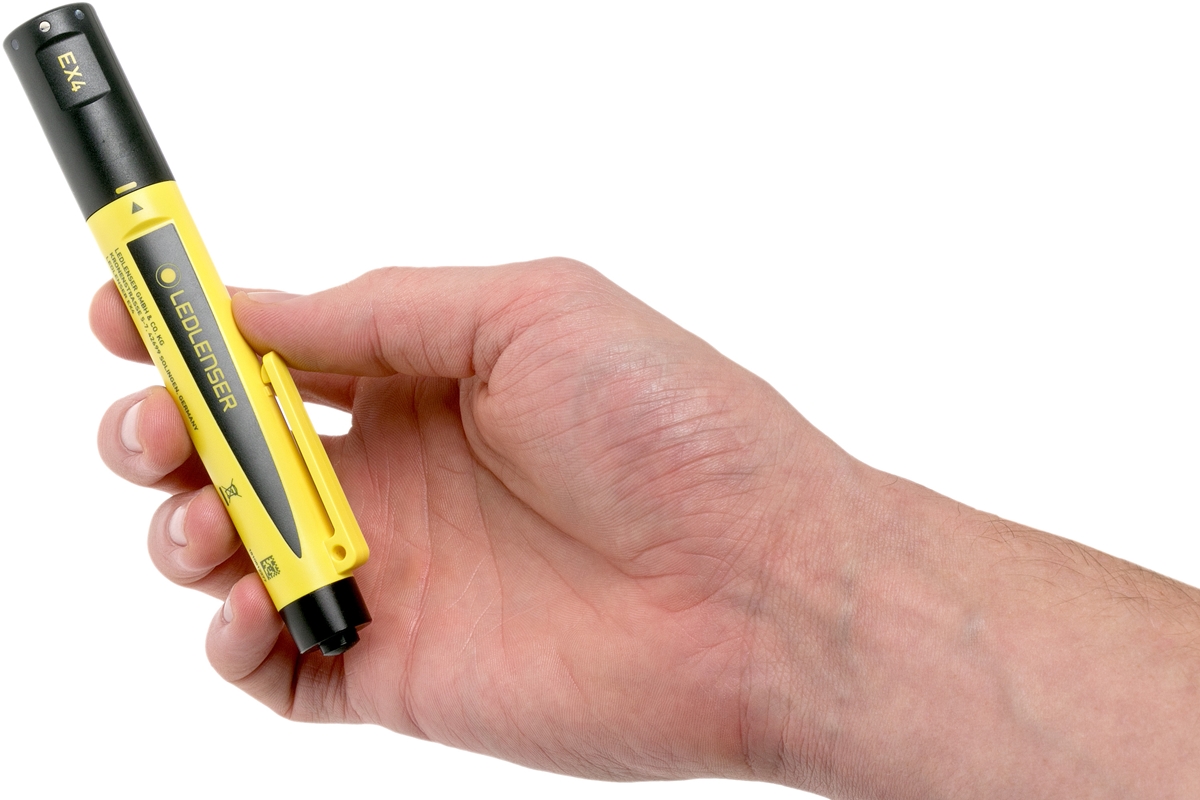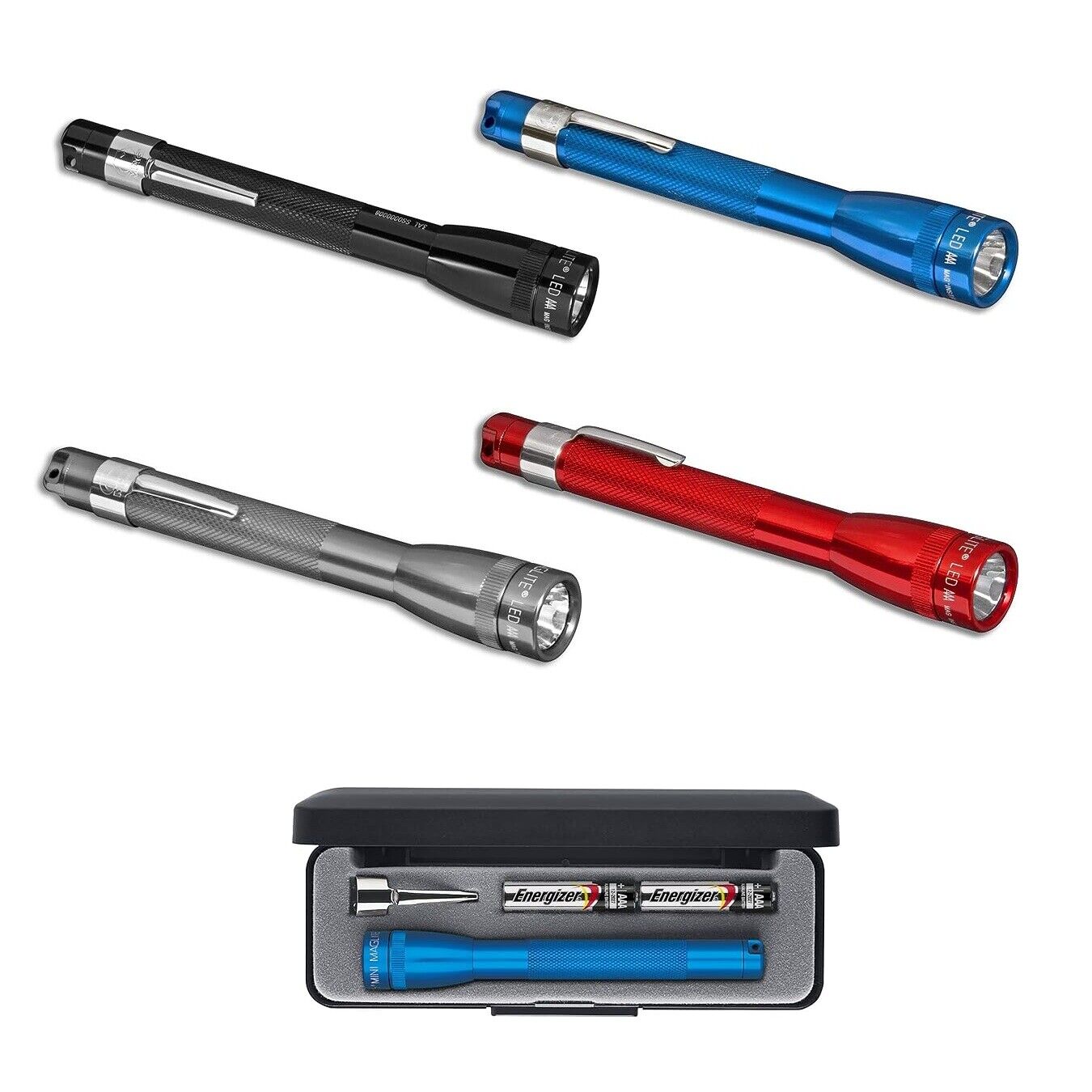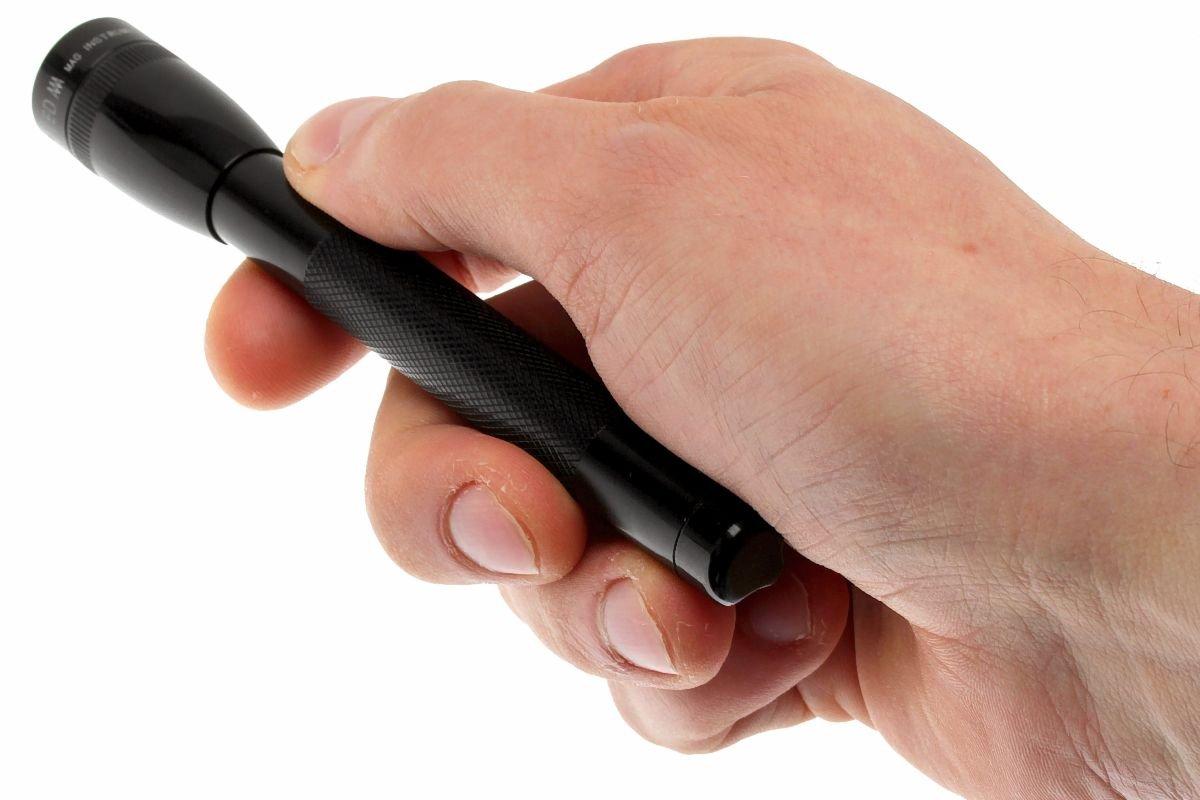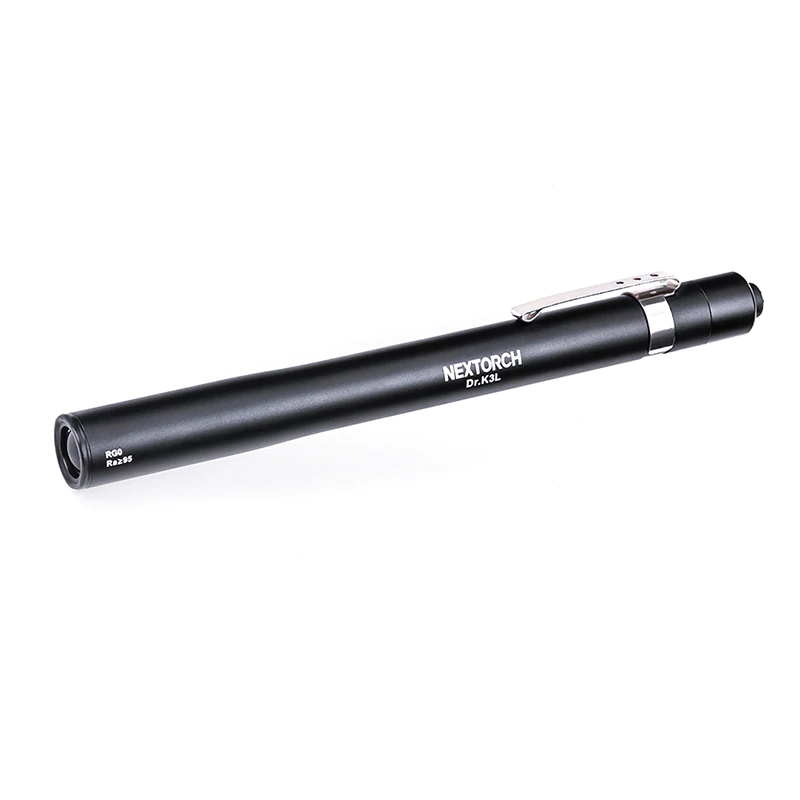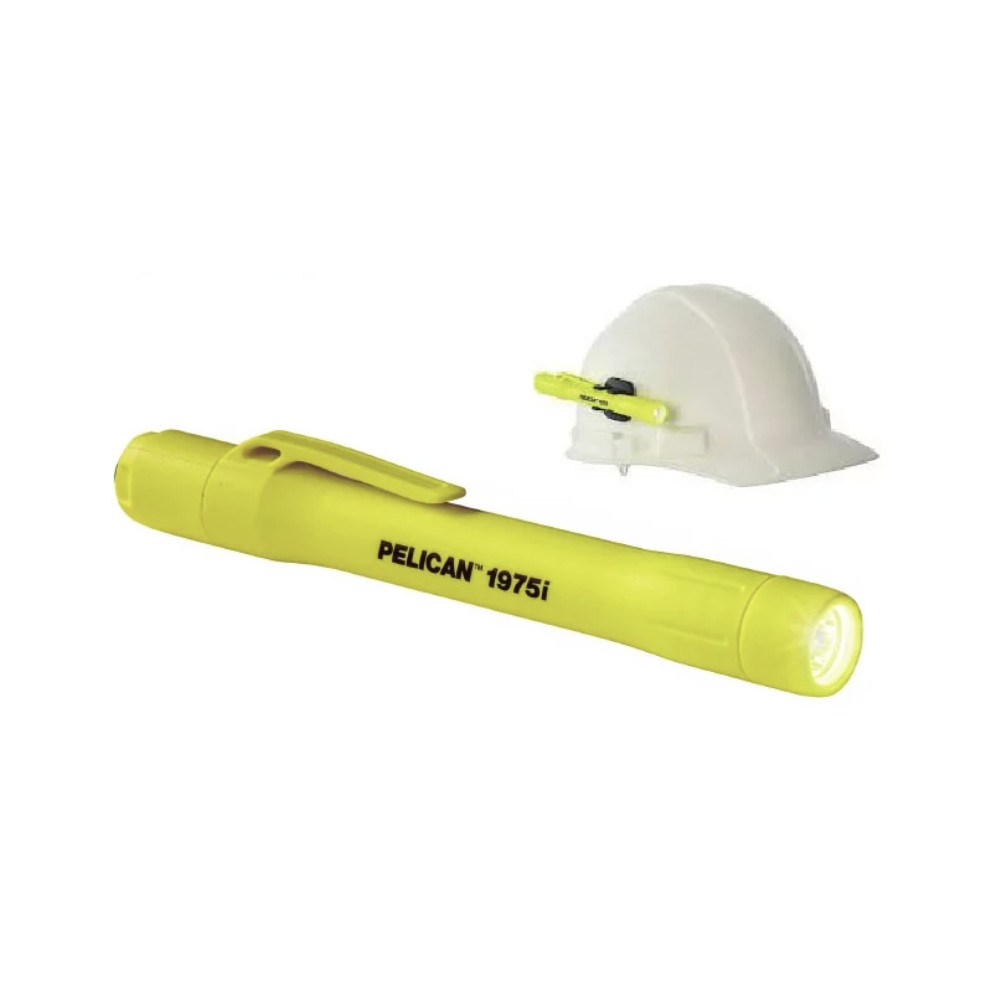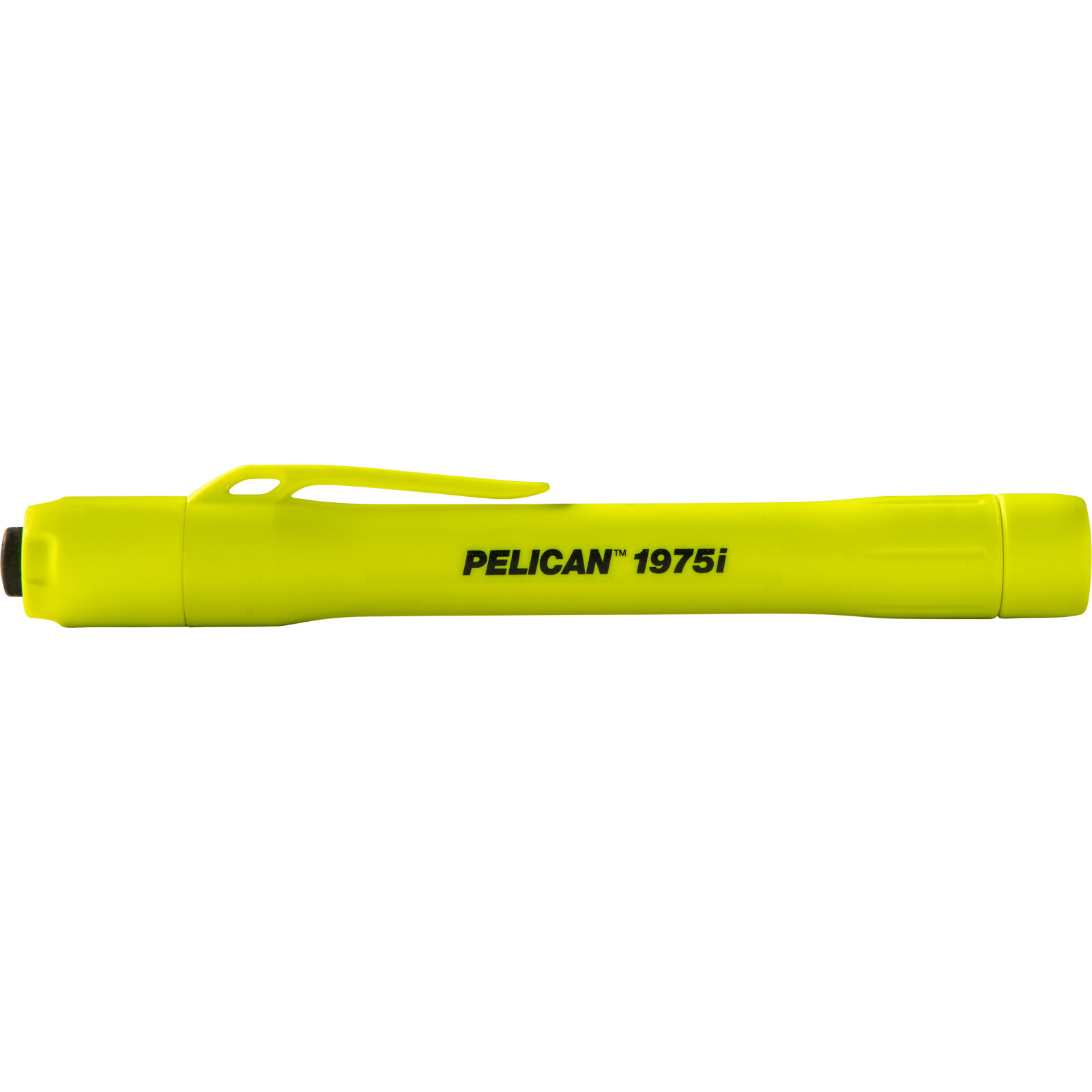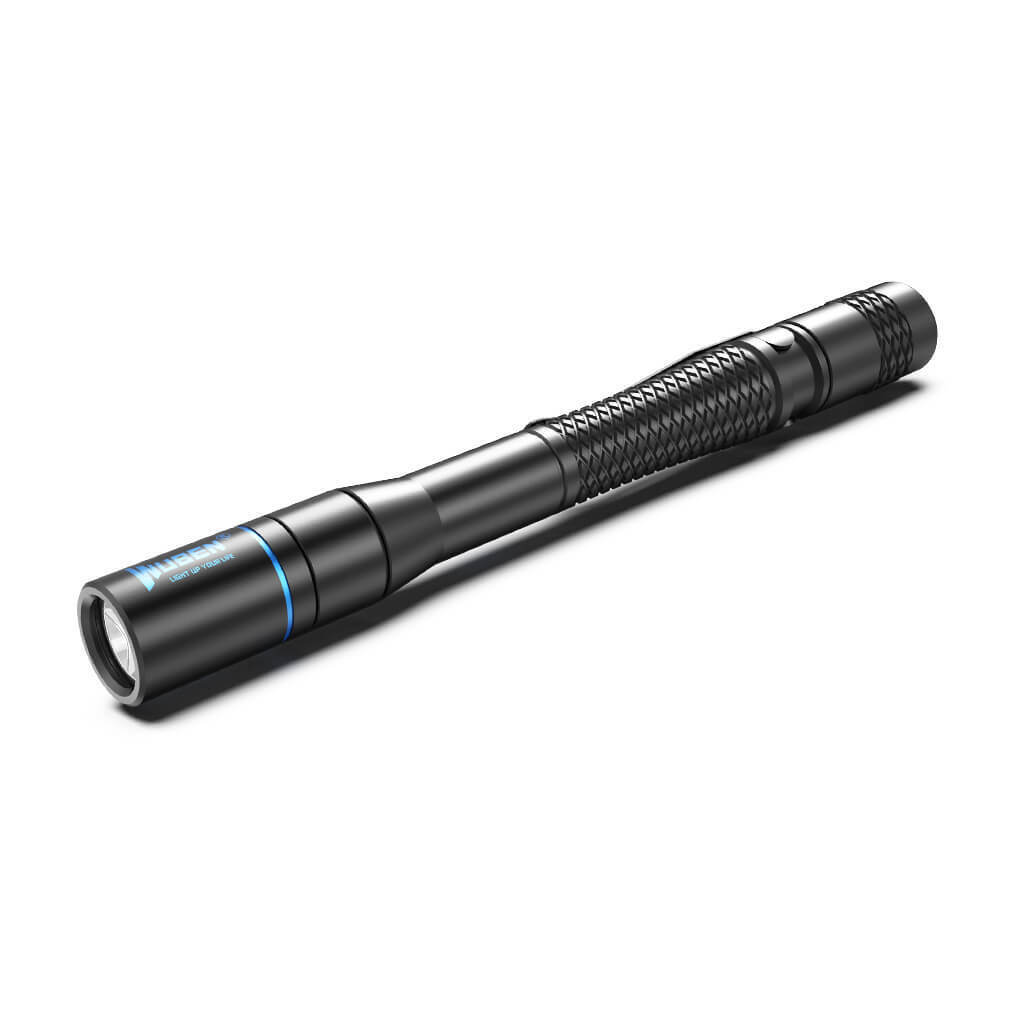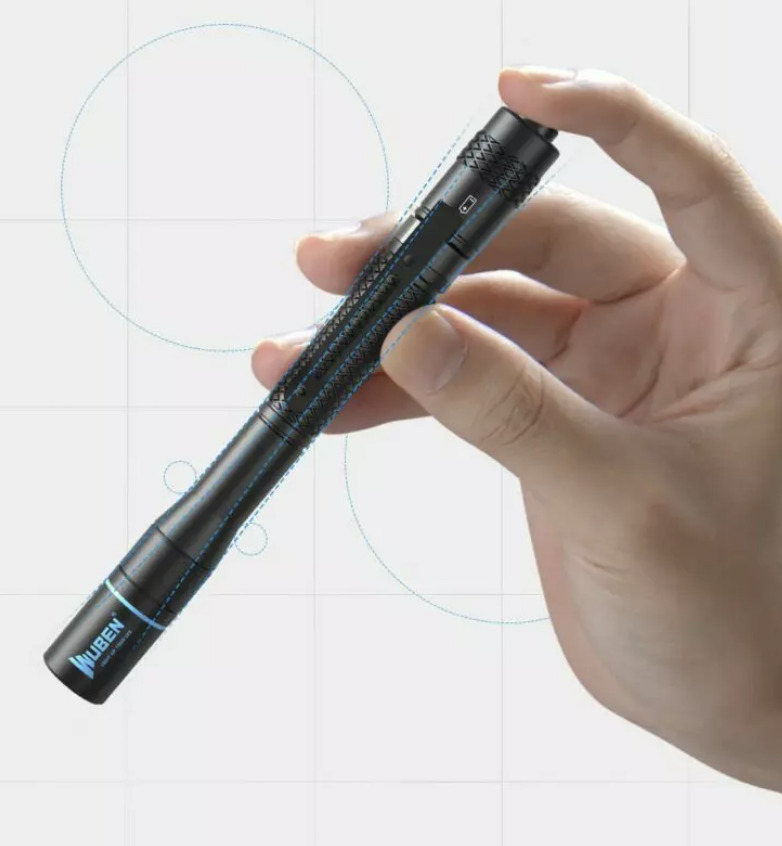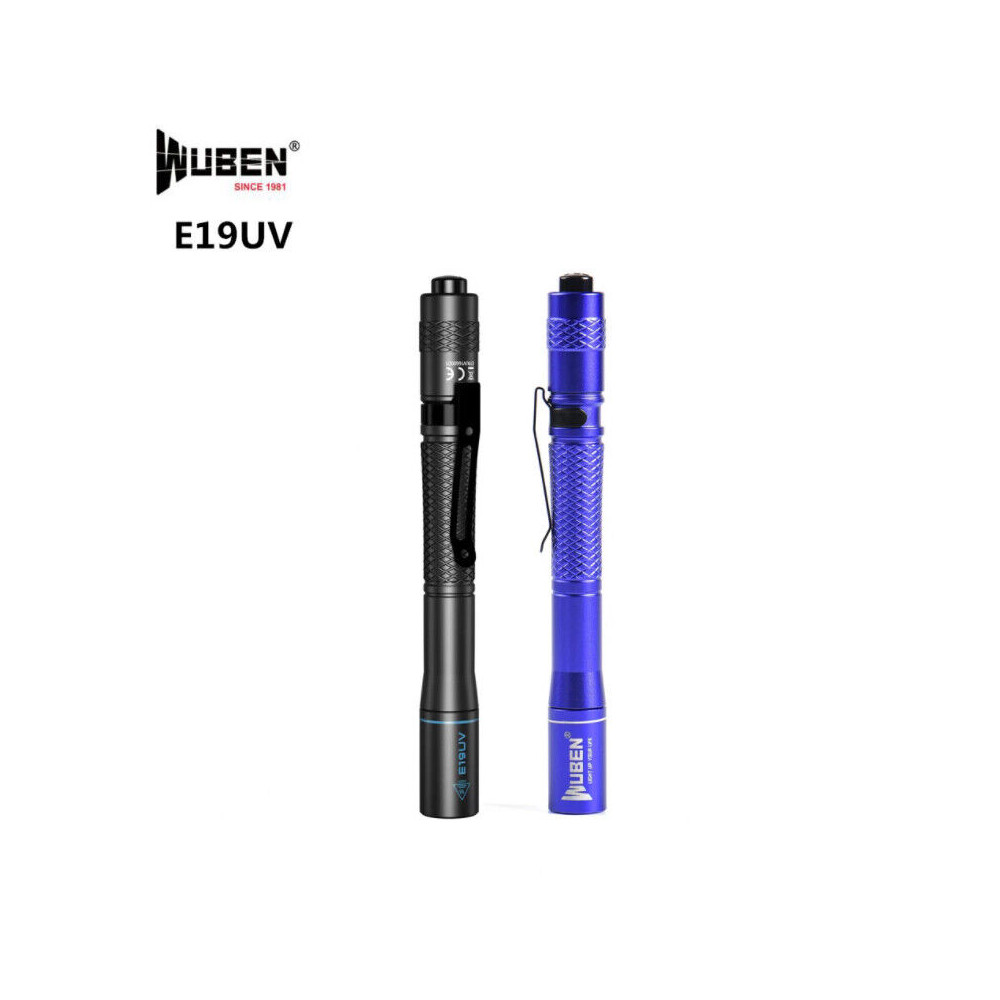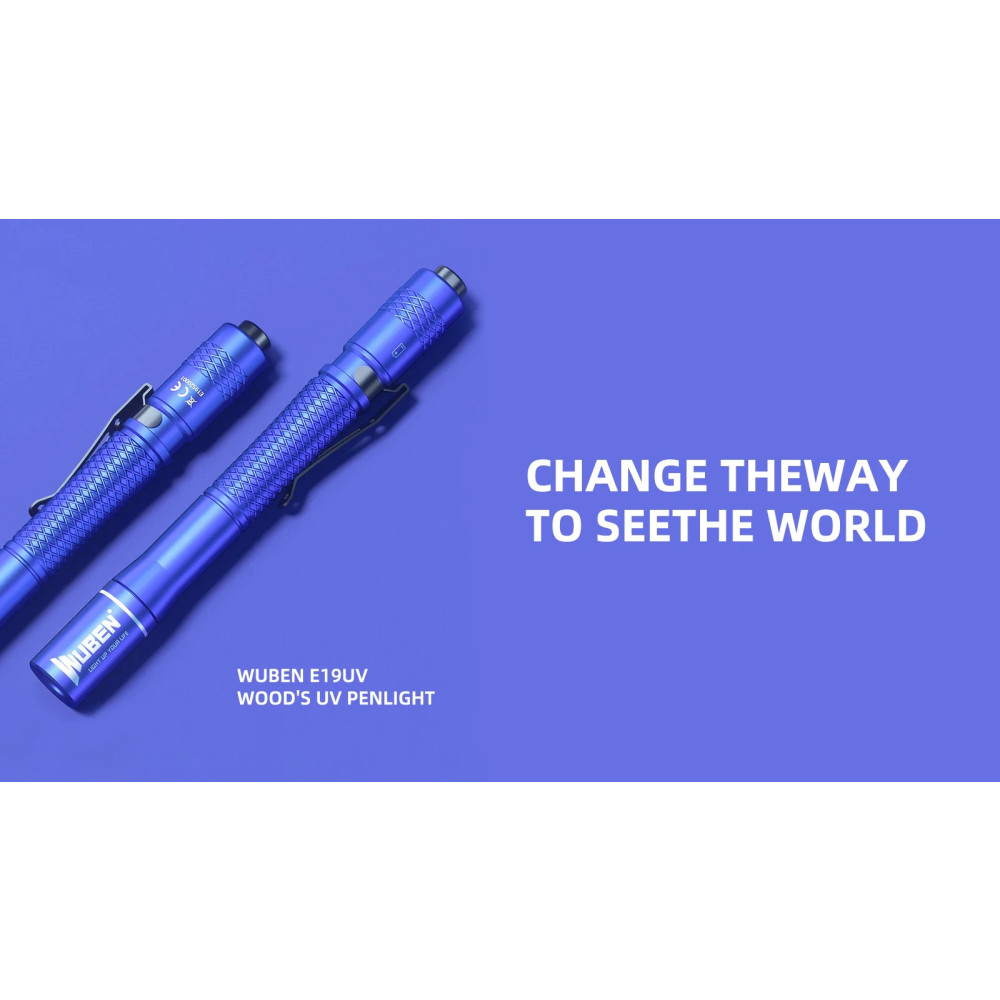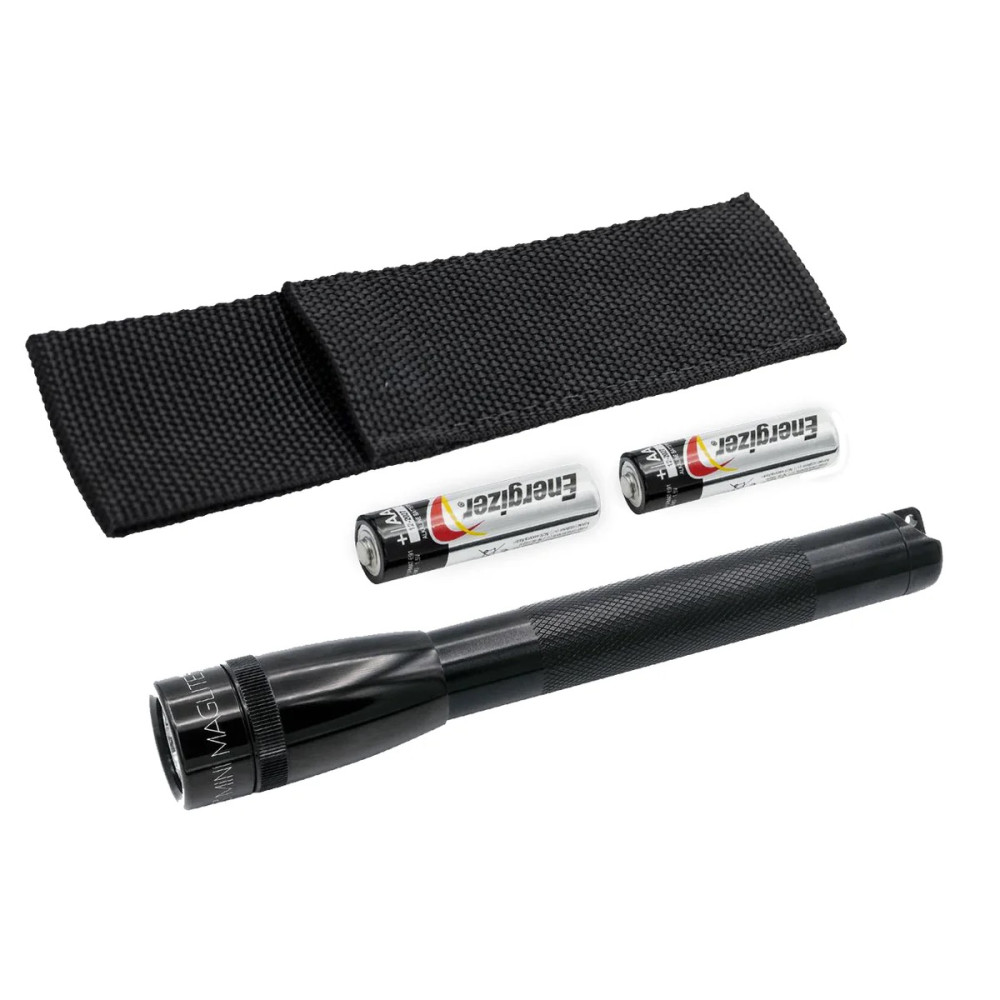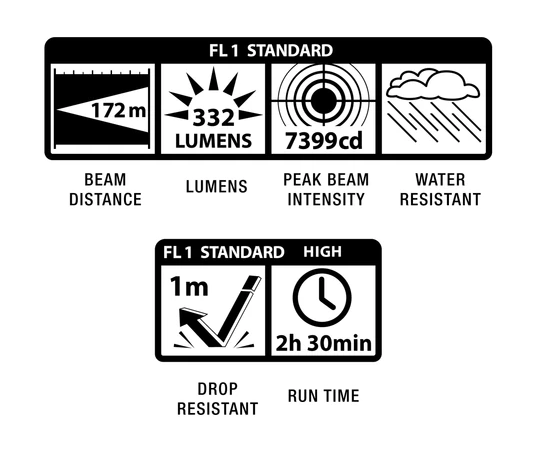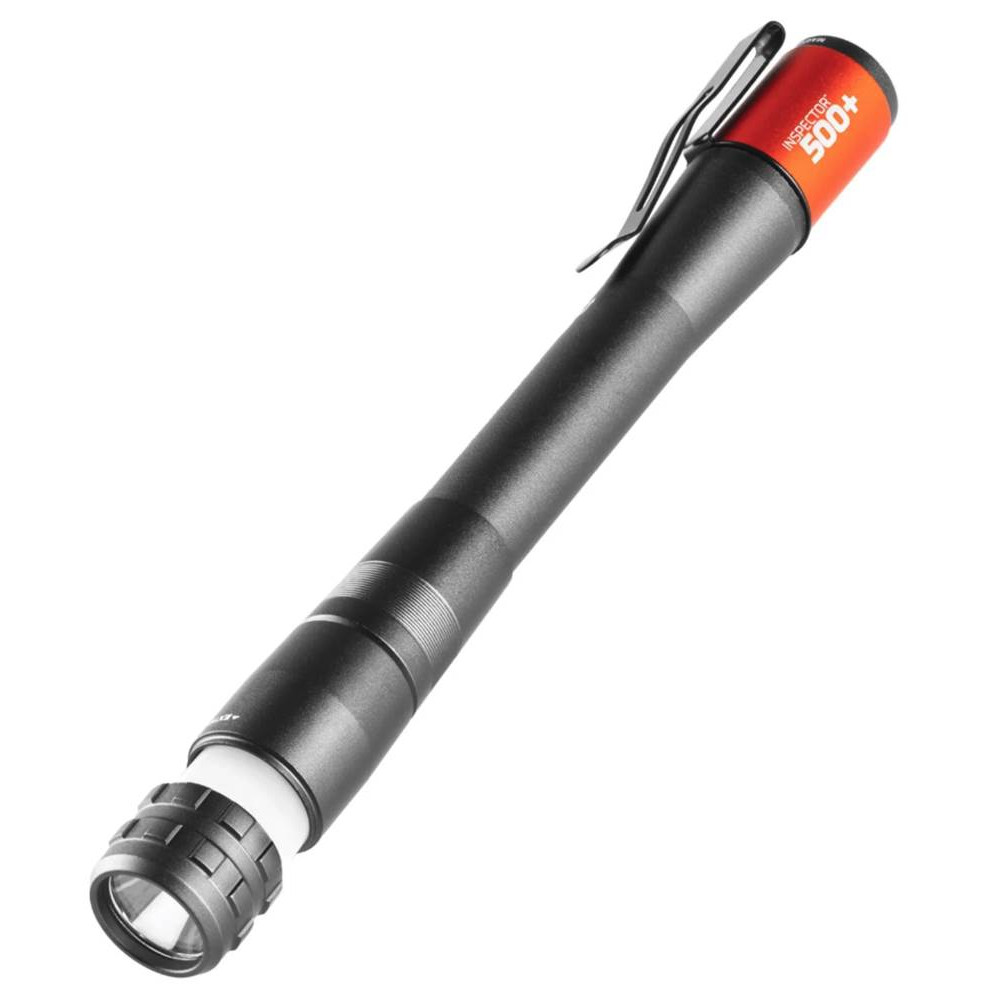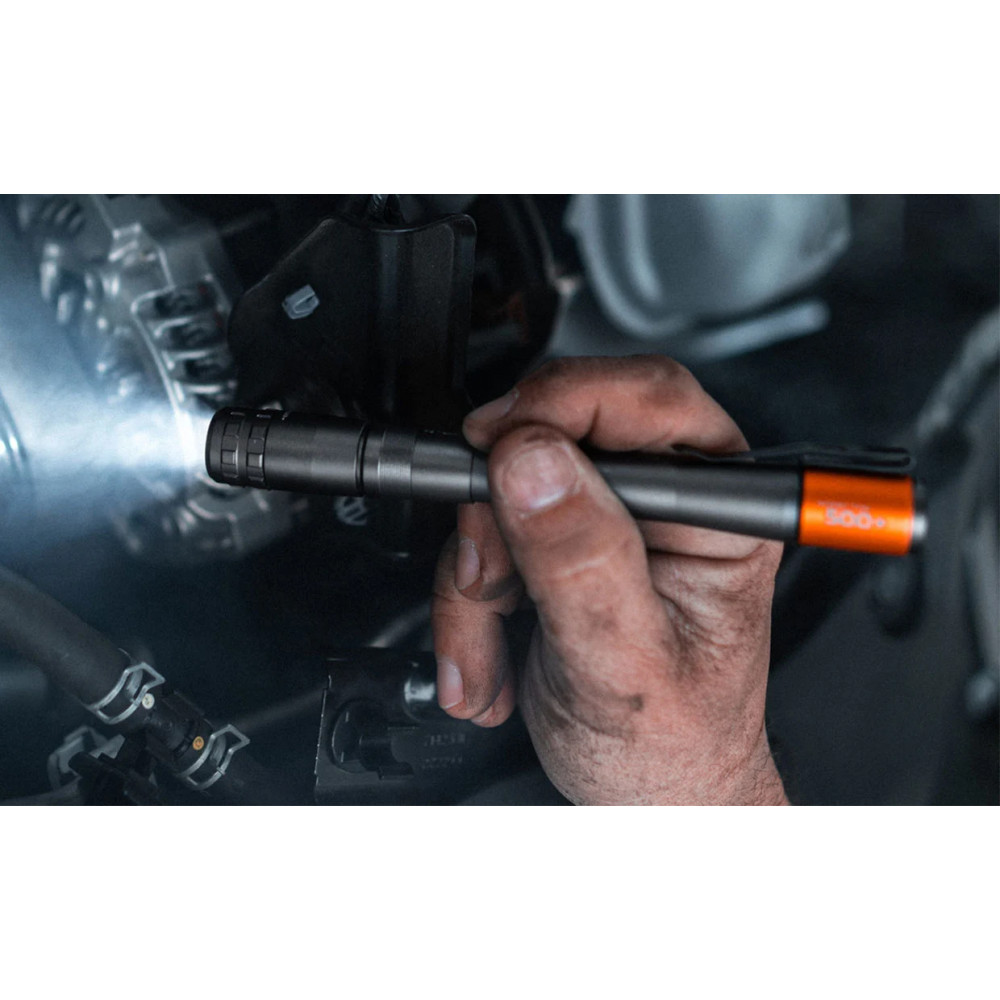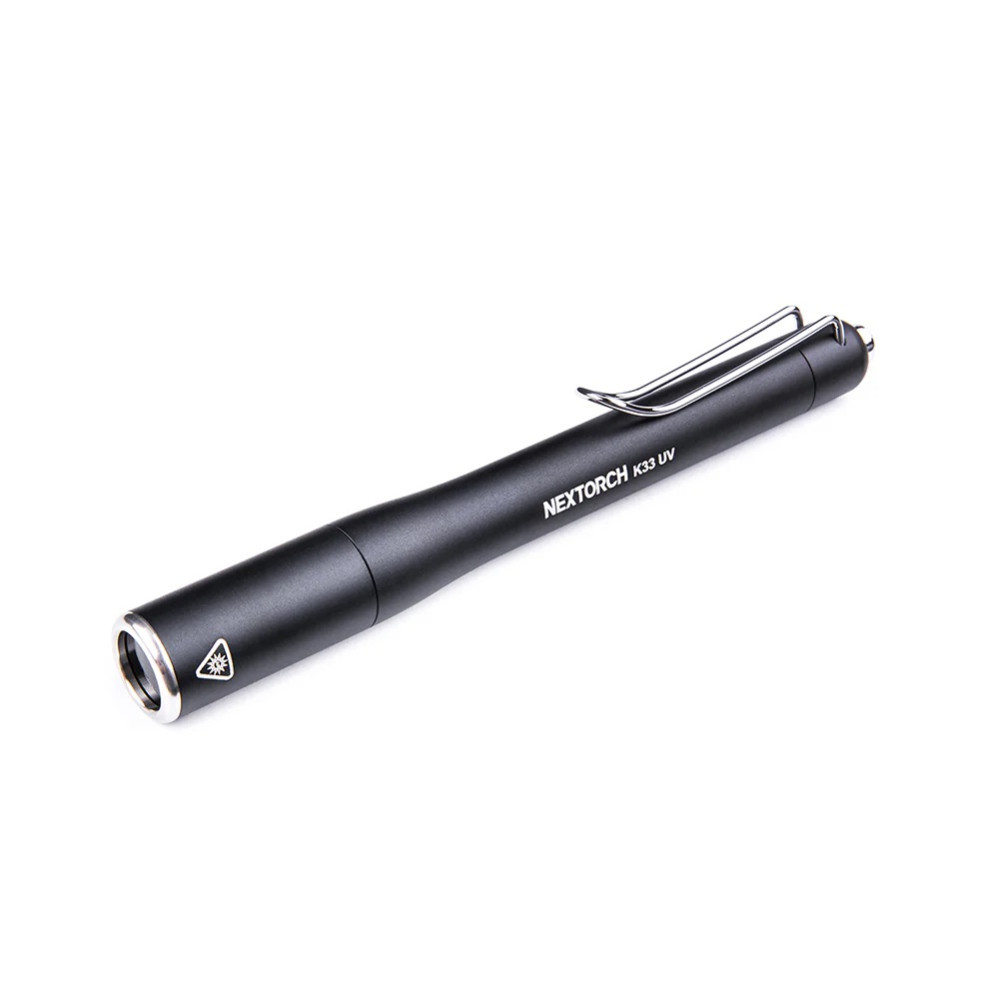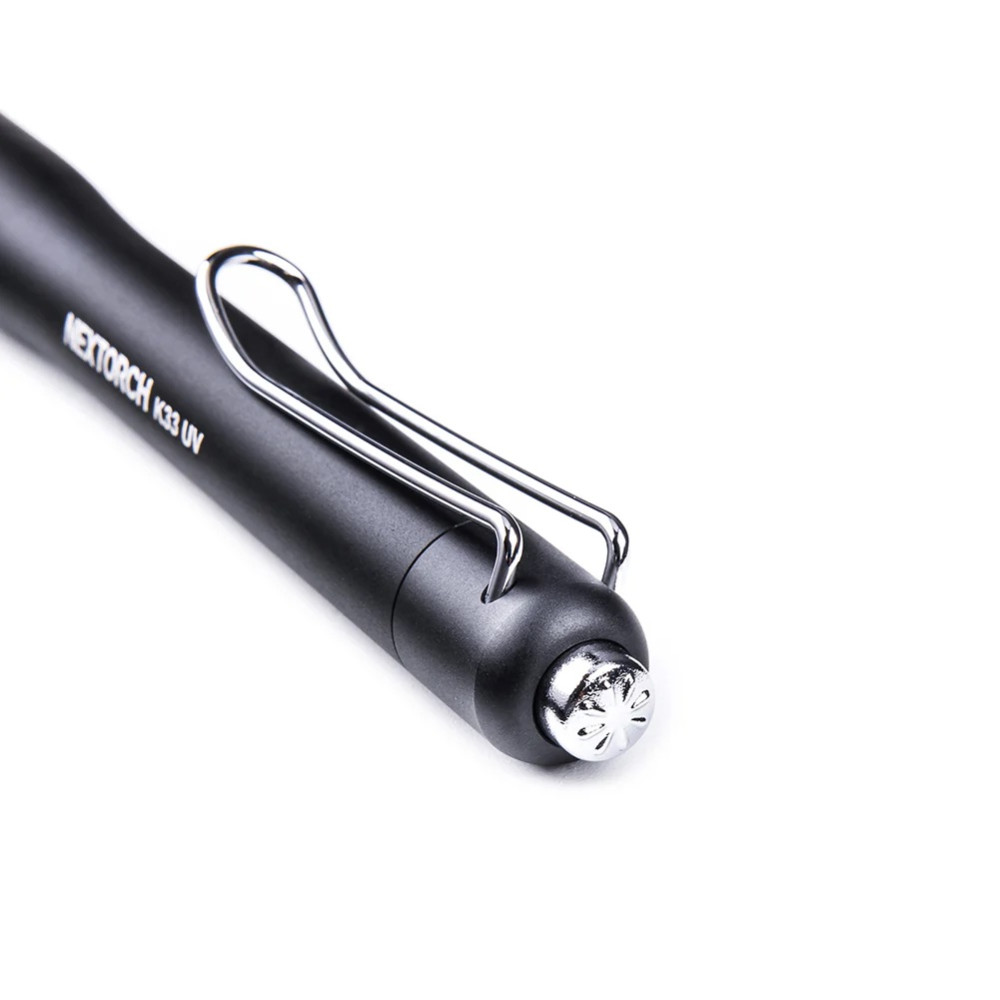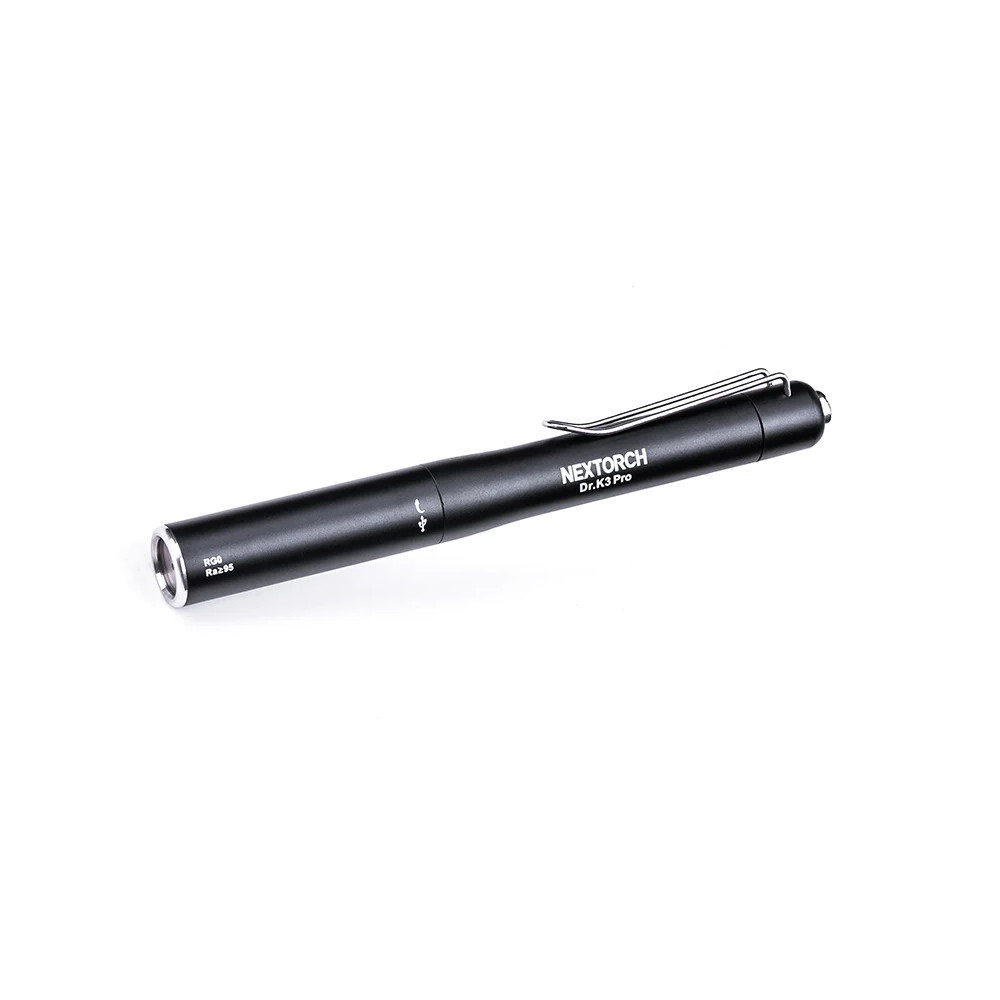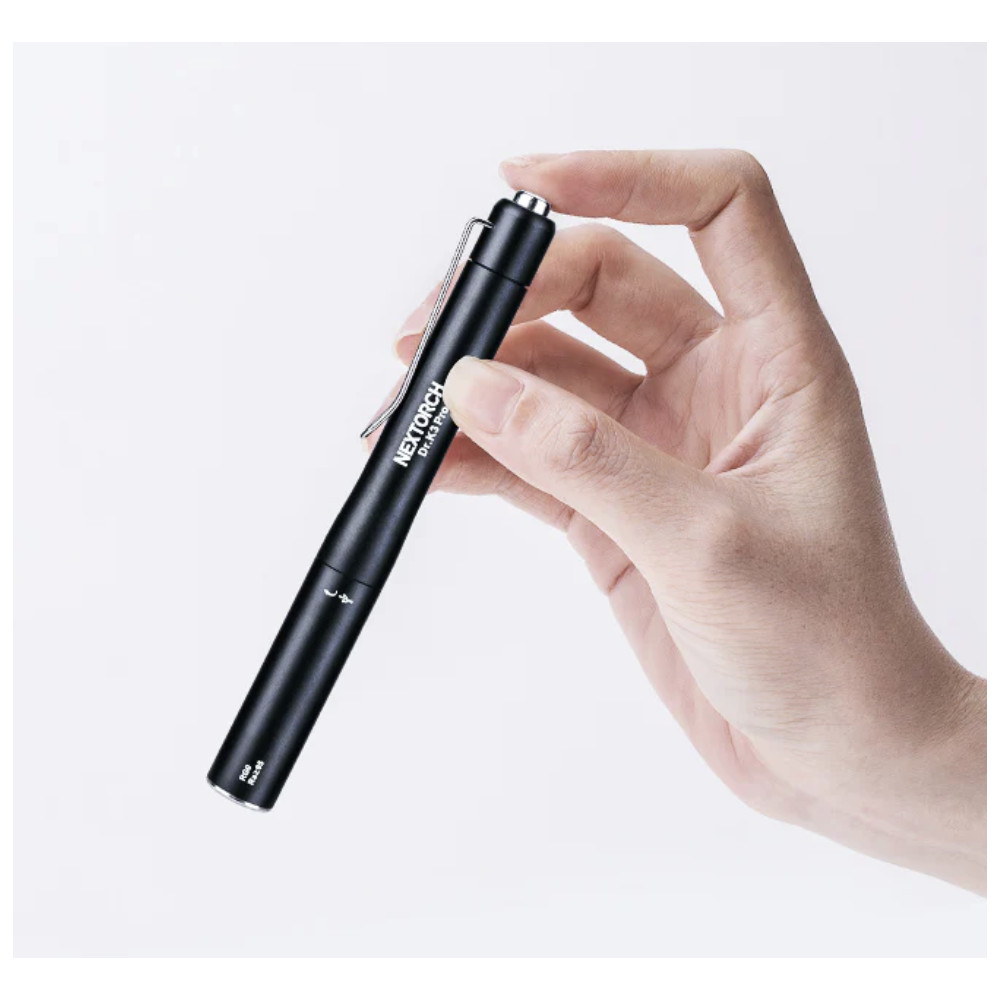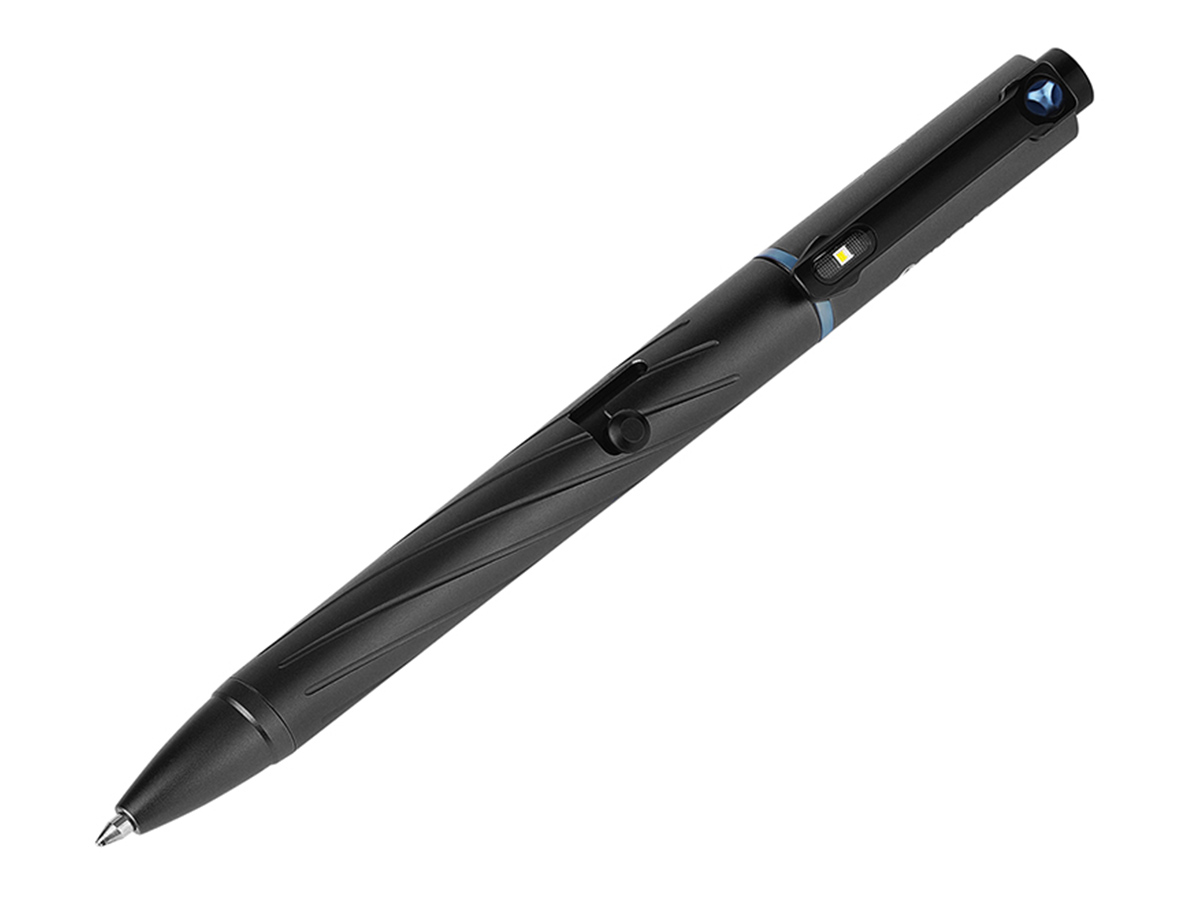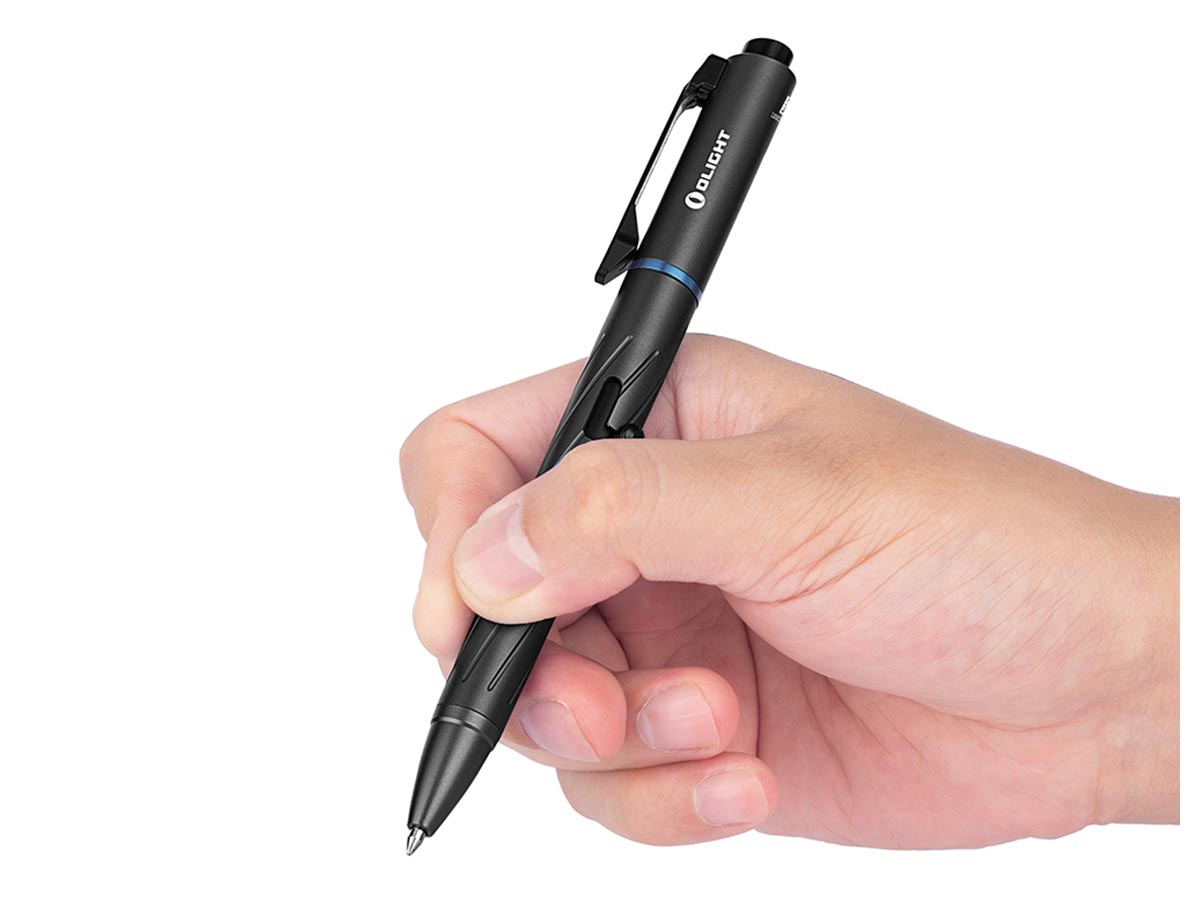What are penlights used for?
Penlights are often used by medical professionals to examine patients’ eyes, ears, and throat. They can also be used for other purposes such as:
- Examining wounds or injuries in low-light conditions
- Checking pupils for dilation or constriction
- Reading in low-light conditions
- Illuminating small, hard-to-reach areas during repairs or maintenance work
- As a signaling device in emergency situations
Penlights are small, portable, and easy to use, making them a versatile tool for a variety of applications.
Who uses penlights?
Penlights are commonly used by medical professionals such as doctors, nurses, and paramedics. They are also used by first responders such as firefighters, police officers, and search and rescue teams.
In addition to medical and emergency personnel, penlights are also used by people in various professions such as mechanics, electricians, and plumbers who often need to work in tight spaces with limited lighting.
People who enjoy outdoor activities such as camping, hiking, and hunting may also carry penlights as a lightweight and portable lighting source.
What are the benefits of penlights?
There are several benefits of penlights:
-
Portability: Penlights are small and lightweight, making them easy to carry around in a pocket or purse.
-
Convenience: They are simple to use and operate with just one hand, which makes them convenient for medical professionals during exams or for anyone who needs quick access to a lighting source.
-
Versatility: Penlights can be used for a variety of purposes, such as examining patients, checking pupils, illuminating small areas, and signaling for help in emergency situations.
-
Energy efficiency: Most penlights use LED bulbs, which are energy-efficient and have long battery life.
-
Cost-effective: Penlights are relatively inexpensive compared to other types of flashlights and lighting sources.
Overall, penlights are a practical and useful tool for anyone who needs a portable and efficient way to illuminate a small area or examine an object or subject up close.
What makes penlights different from regular torches?
Penlights are different from regular torches in several ways:
-
Size: Penlights are much smaller and more compact than regular torches, making them easier to carry around in a pocket or purse.
-
Light Output: Penlights typically have lower light output compared to regular torches because they are designed for more specific purposes such as examining patients or illuminating small areas.
-
Power Source: Penlights are usually battery-powered, while regular torches can be powered by batteries or rechargeable batteries.
-
Beam Type: Penlights often have a narrower beam type that is focused on a specific area, while regular torches may have a wider beam type that illuminates a larger area.
-
Durability: Regular torches are often more durable and rugged, designed for use in extreme conditions or heavy-duty environments, while penlights are more delicate and designed for lighter use.
Overall, penlights are a specialized lighting tool designed for specific applications such as medical examinations or illuminating small areas, while regular torches are more versatile and can be used for a wide range of activities and environments.

